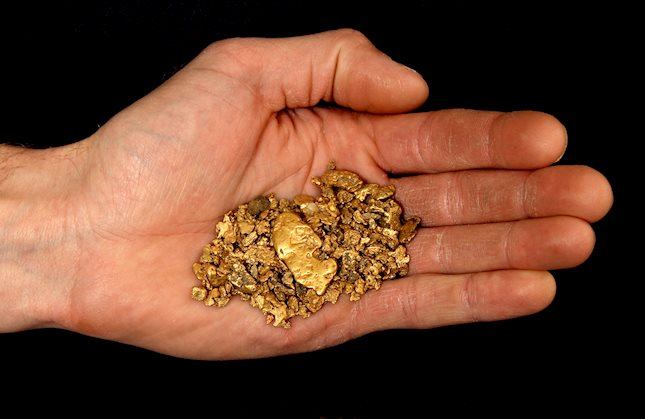-
Opps!
This language contents are not available!

Australian CPI Preview: Forecasts from three major banks, inflation to accelerate further
Australian Monthly Consumer Price Index (CPI) figures are due on Wednesday, November 30 at 00:30 GMT and as we get closer to the release time, here are forecasts from economists and researchers of three major banks regarding the upcoming inflation data.
Headline is expected at 7.4% year-on-year in October vs.7.3% in September.
Westpac
“Considering the partial indicators we have, and making reference to the timing of the surveys for the various components of the CPI, we are forecasting the Monthly Indicator to lift 0.6% in October holding the annual rate flat at 7.3%. We are nearing the peak in the annual pace of inflation but given the timing of the various surveys, we don’t expect to see it until December. From there we expect to moderate as we move through 2023 with the usual monthly volatility.”
ING
“We think the outcome will probably be close to the recent month-on-month rate of increase, which would keep it roughly in line with the same period last year and leave inflation at about 7.3%. That could be interpreted as the peak, so markets may respond positively to that.”
NAB
“Fuel prices, airfares, and rents suggest we should expect a high print and we pencil in a lift to 7.7% YoY (1.0% MoM) from 7.3% YoY in September based on the limited data that we have for the month. The RBA no doubt will take notice of the data, but the lack of updates on many of the market services categories likely limits interpretation. We expect the data to further solidify the need for the RBA to continue hiking in the near-term and see the RBA hiking rates by 25 bps in December, February, and March to 3.60%. Thereafter the key for the RBA outlook is whether wages growth remains consistent with a return of inflation to target as we assume – Governor Lowe has previously cited WPI wages growth of around 3½-4.0% as being consistent assuming a 1% productivity assumption. In coming months, the market services components of CPI will be watched closely given its sensitivity to wage outcomes and the tendency for services inflation to be stickier than for goods.”
Forex News
Keep up with the financial markets, know what's happening and what is affecting the markets with our latest market updates. Analyze market movers, trends and build your trading strategies accordingly.




















